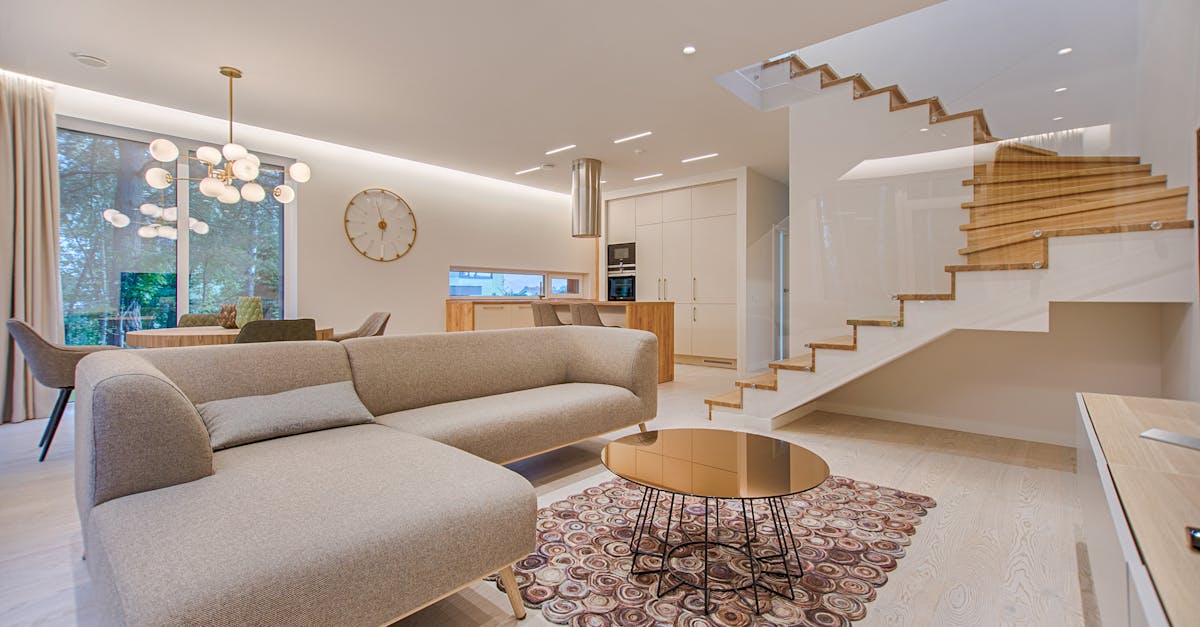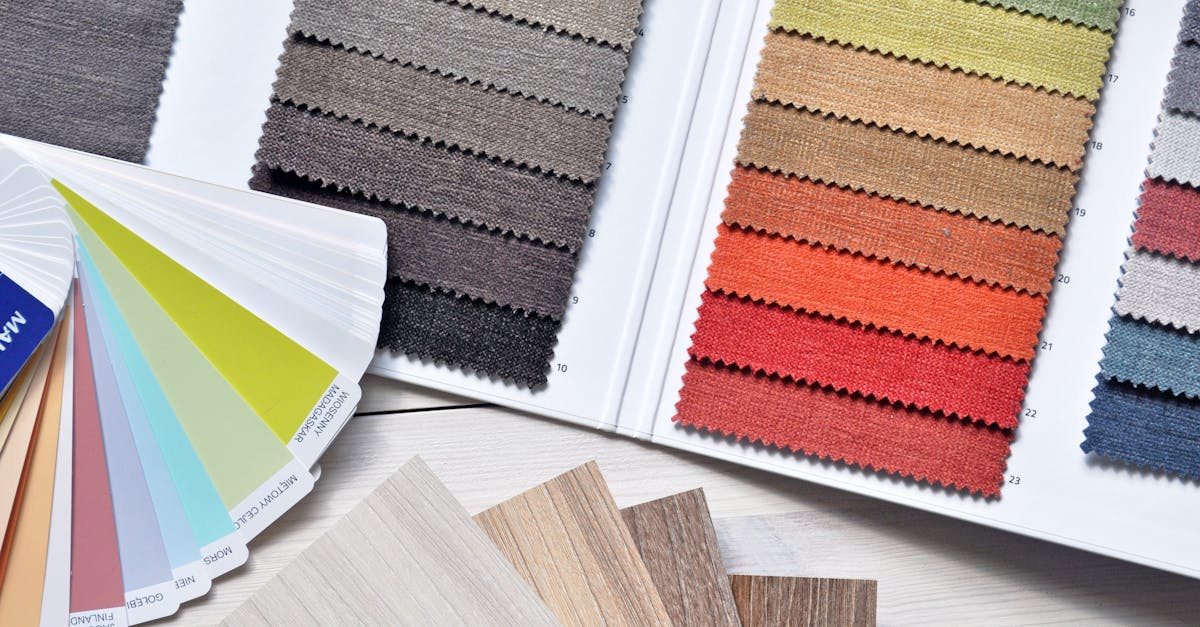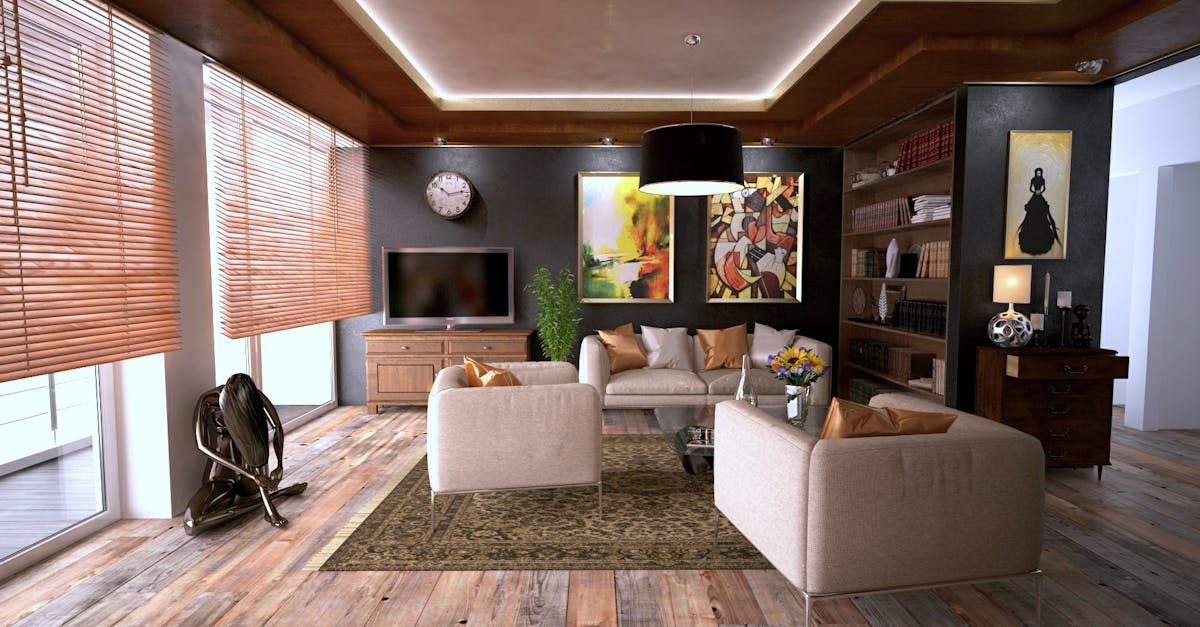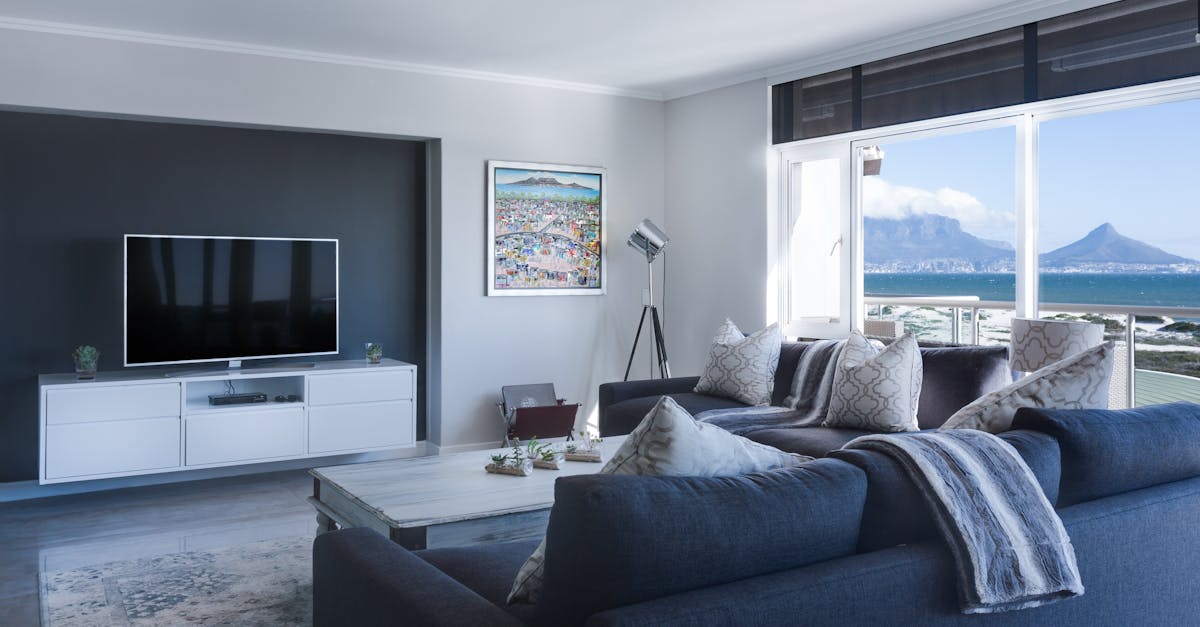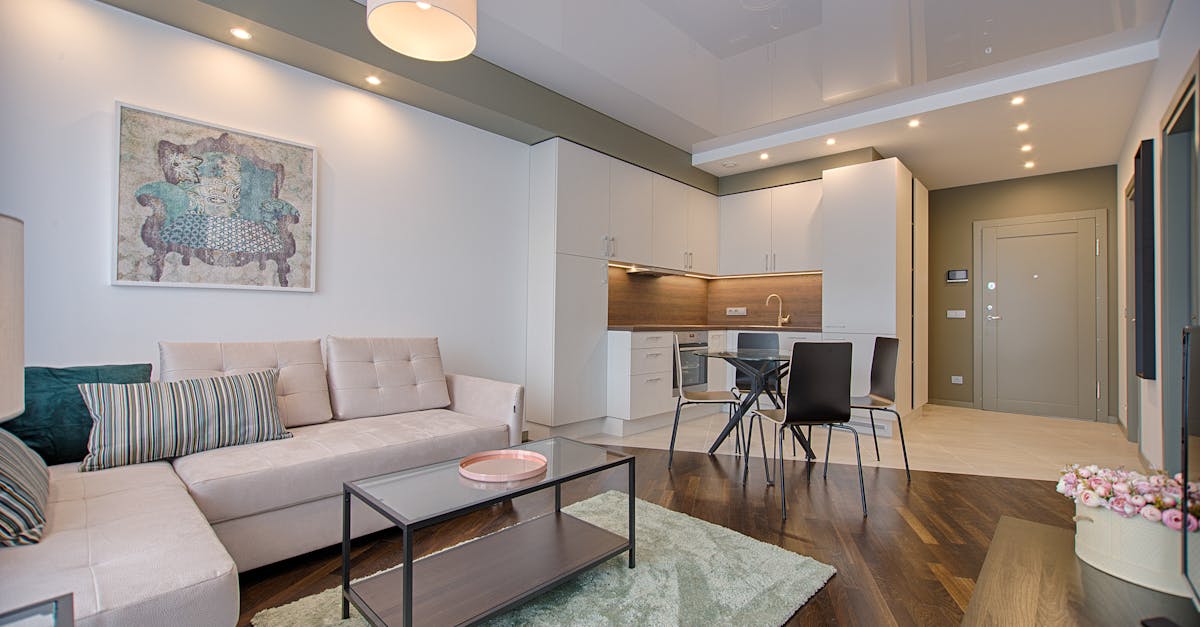
Table Of Contents
Future Trends in CAD Rendering Technology
Future Trends in CAD Rendering Technology
As technology continues to advance, the field of CAD rendering is also experiencing rapid growth and innovation. The future holds exciting prospects for rendering and visualization in terms of increased realism and efficiency. Rendering and visualization technologies are constantly evolving to meet the demands of various industries, from architecture to product design. With the emergence of real-time rendering capabilities, designers can now create and modify designs on the fly, providing a more immersive and interactive experience for clients and stakeholders.
The integration of artificial intelligence and machine learning algorithms is set to revolutionize CAD rendering by automating and streamlining the rendering process. This will not only save time and resources but also improve the overall quality of renderings. Additionally, advancements in lighting techniques will play a crucial role in enhancing the realism of CAD renderings, allowing designers to create accurate shadows, reflections, and lighting effects. The future of CAD rendering technology is filled with possibilities that will undoubtedly shape the way designers visualize and present their ideas.
RealTime Rendering Capabilities
Real-time rendering capabilities in CAD visualization have become a fundamental requirement in the design industry. This technology allows designers to experience a highly interactive and responsive environment where changes can be visualized instantaneously. By enabling real-time rendering, designers can explore different design iterations efficiently, enhancing the creative process and optimizing the overall project workflow. Rendering and visualization have pivotal roles in providing a dynamic platform where designers can visualize their concepts in a realistic and interactive manner, leading to more informed design decisions and improved collaboration among project stakeholders.
The ability to render designs in real time offers a multitude of benefits, ranging from enhanced visualization of complex geometries to efficient identification of design flaws. With real-time rendering capabilities, designers can observe how different materials, textures, and lighting scenarios affect the overall look and feel of a design instantly. This immediate feedback loop is crucial in speeding up the decision-making process and ensuring that design goals are met effectively. Rendering and visualization technologies continue to evolve, offering designers the tools they need to create compelling and immersive visual representations of their ideas.
Impact of Rendering Quality on Project Success
The quality of rendering in CAD visualization significantly impacts the success of a project. High-quality renderings can serve as a powerful tool in effectively conveying design concepts to stakeholders. By providing realistic and immersive visualizations, rendering can help clients better comprehend the final outcome of a project, leading to increased satisfaction and approval rates. Moreover, superior rendering quality can positively influence decision-making processes by allowing for better-informed discussions and evaluations of design options.
On the contrary, subpar rendering can hinder project success by creating misunderstandings and uncertainties. Poorly rendered visualizations may fail to accurately represent the intended design, leading to confusion and dissatisfaction among clients and team members. Inaccurate or unrealistic renderings can compromise the overall project quality and undermine the credibility of the design team. Therefore, investing in high-quality rendering and visualization is crucial for ensuring project success and fostering clear communication throughout all stages of the design process.
Client Satisfaction and Approval Rates
Client satisfaction and approval rates are crucial indicators of the success of a project's rendering and visualization. When clients are pleased with the quality of the rendering, it often leads to a smoother approval process and a stronger relationship between the client and the design team. The ability of CAD visualization to accurately represent design concepts and details can significantly impact client satisfaction, ensuring that their expectations are met or even exceeded.
Rendering and visualization tools allow clients to better envision the final project, thereby increasing their approval rates. By offering lifelike representations of the design, clients can feel more confident in their decision-making process. This leads to a smoother workflow, as changes and revisions are minimized, resulting in a more efficient project timeline and improved overall client satisfaction.
Role of Lighting in Enhancing CAD Renderings
Lighting is a critical element in enhancing the realism of CAD renderings. By carefully manipulating light sources, designers can create shadows and reflections that add depth and authenticity to the visualization. The interplay between light and shadow is what gives objects their three-dimensional appearance in a rendering, making the final product more visually appealing and understandable to clients and stakeholders.
Moreover, lighting can also evoke specific moods or atmospheres within a scene. By adjusting the colour temperature and intensity of light sources, designers can create different emotions and ambiance in the rendering. Whether aiming for a warm and inviting feel or a cool and modern aesthetic, the strategic use of lighting plays a key role in bringing the vision of the design to life in the context of Rendering and Visualization.
Creating Realistic Shadows and Reflections
Creating realistic shadows and reflections in CAD rendering is crucial for achieving a high-quality final product that accurately represents the envisioned design. Shadows add depth and dimension to the visual representation, helping to create a more realistic and immersive experience for the viewer. By accurately depicting how light interacts with various surfaces and objects in the design, shadows can enhance the overall visualization and make it more visually striking. Additionally, reflections play a key role in making the rendering look more lifelike by simulating how light bounces off surfaces and creates mirror-like effects.
Properly incorporating shadows and reflections into CAD rendering requires a thorough understanding of lighting techniques and how they interact with different materials. By strategically placing light sources and adjusting their intensity and angles, designers can create shadows that accurately mimic real-world lighting conditions. Similarly, reflections can be enhanced by considering the material properties of surfaces and how light is reflected off them. Achieving a balance between shadows and reflections is essential for creating a visually appealing rendering that accurately portrays the design intent. Rendering and visualization are significantly enhanced when shadows and reflections are meticulously designed and executed in CAD projects.
FAQS
What is rendering in the context of CAD visualization?
Rendering in CAD visualization refers to the process of generating a photorealistic image or animation from a 3D model using a computer program.
How does rendering enhance the quality of CAD visualizations?
Rendering enhances the quality of CAD visualizations by adding realistic details such as textures, lighting effects, shadows, and reflections, making the design more realistic and visually appealing.
What role does real-time rendering play in CAD visualization?
Real-time rendering allows designers to see changes to the CAD model instantly, providing immediate feedback on design decisions and improving efficiency in the design process.
How does rendering quality impact the success of a project?
Rendering quality can significantly impact the success of a project by helping clients better visualize the final design, leading to improved communication, client satisfaction, and higher approval rates.
What is the importance of lighting in enhancing CAD renderings?
Lighting plays a crucial role in enhancing CAD renderings by creating depth, highlighting important features, and adding realism to the design through the creation of shadows and reflections.

